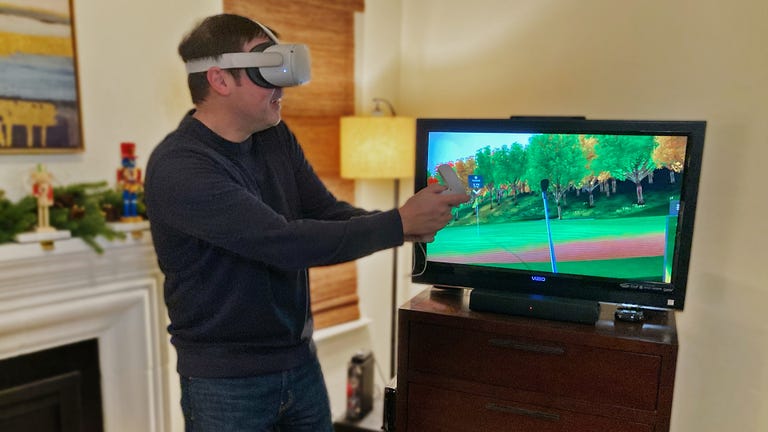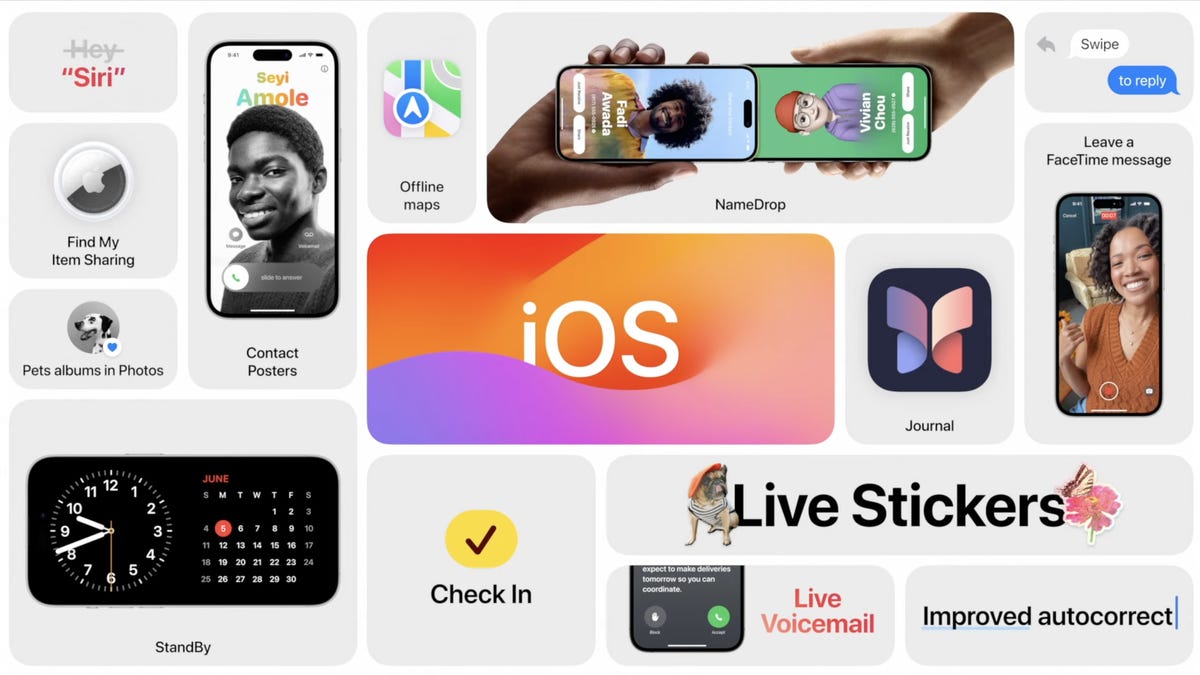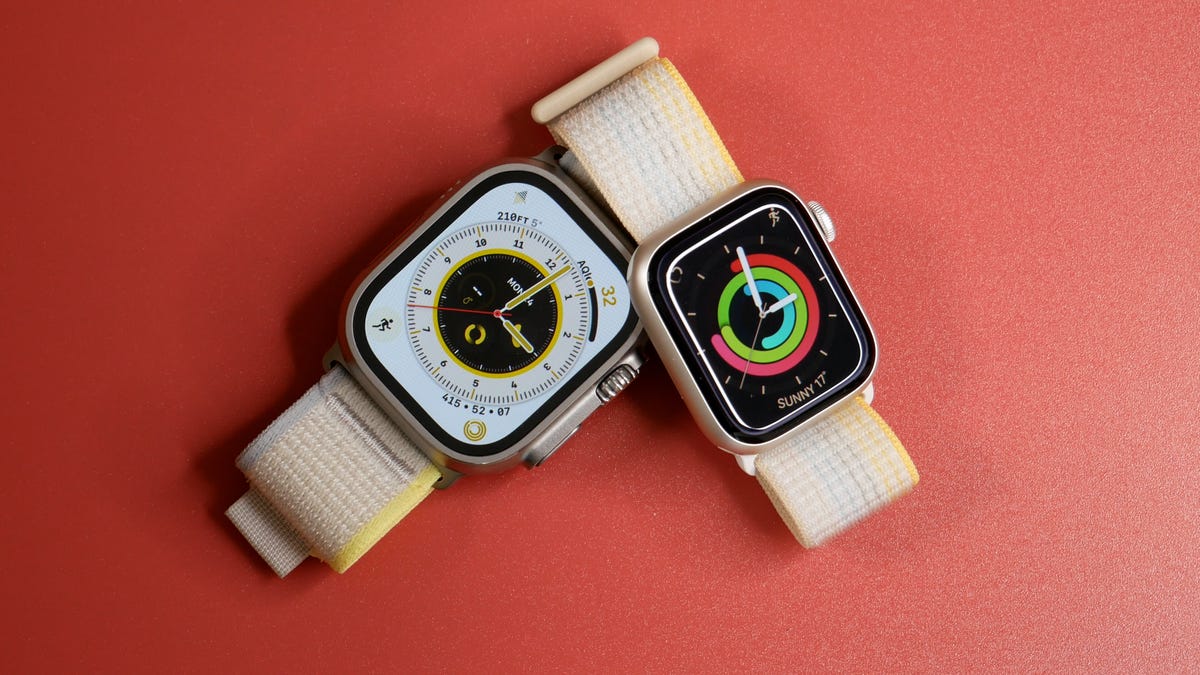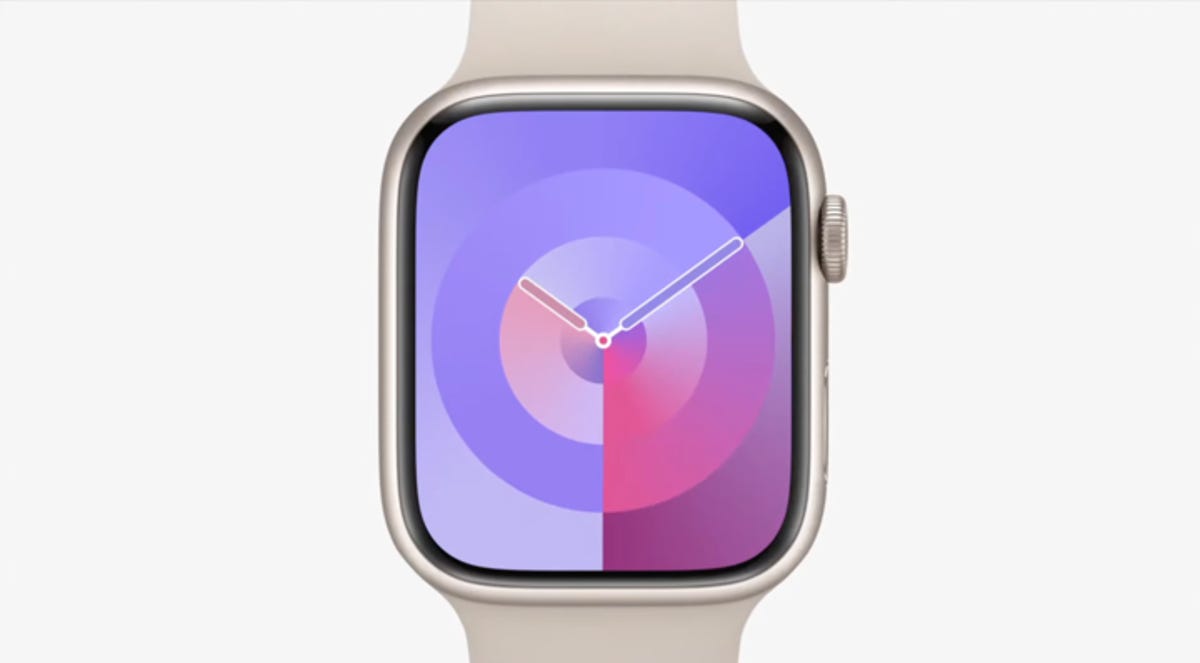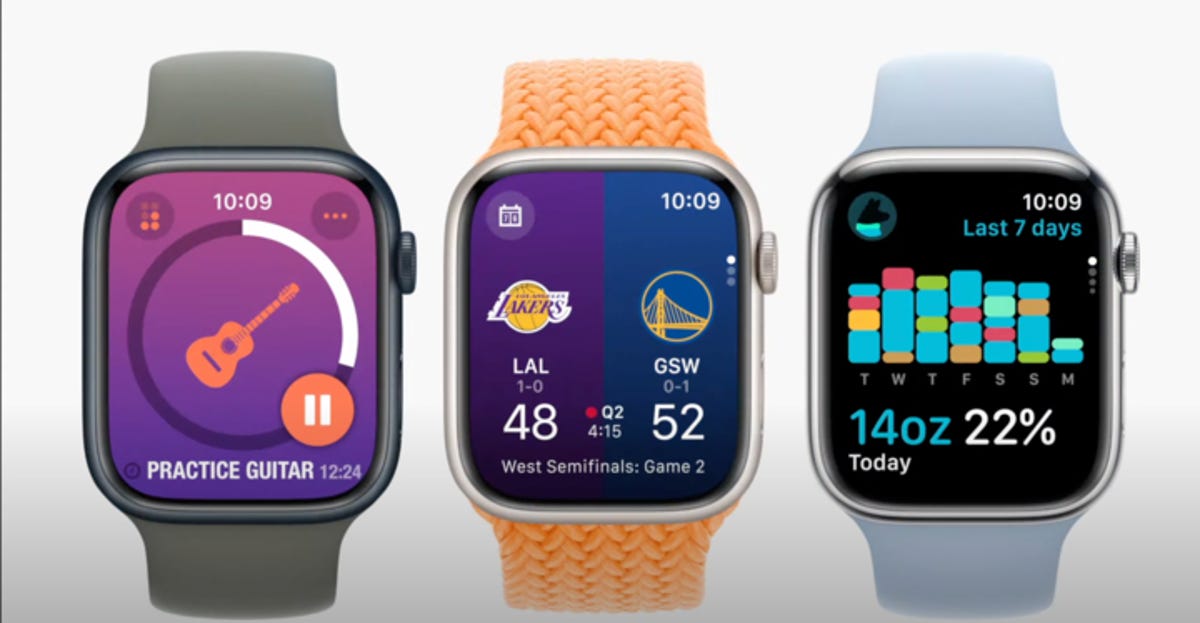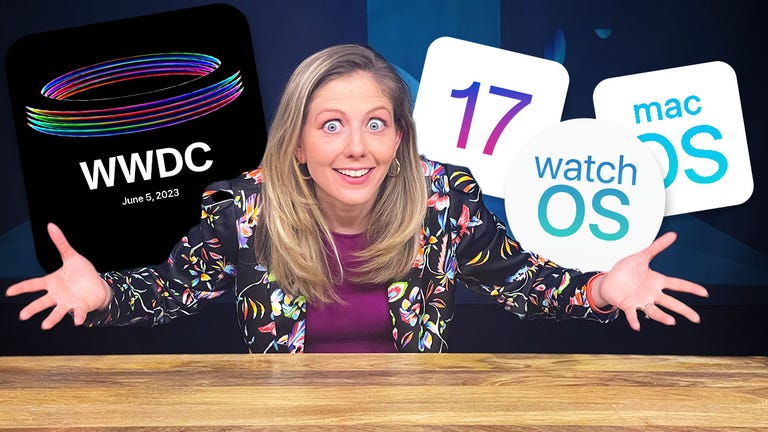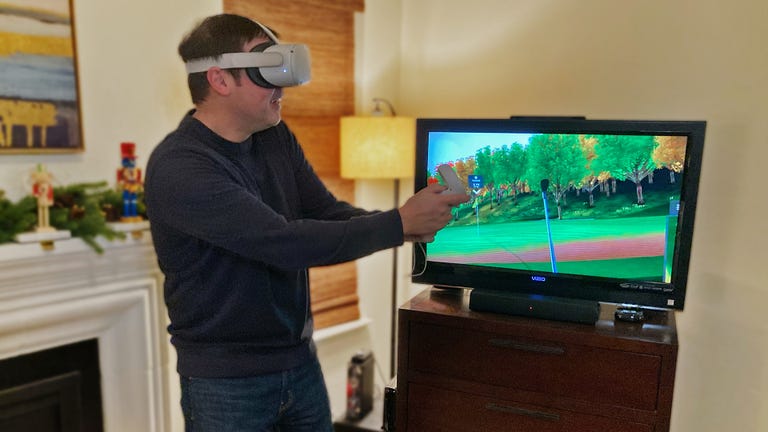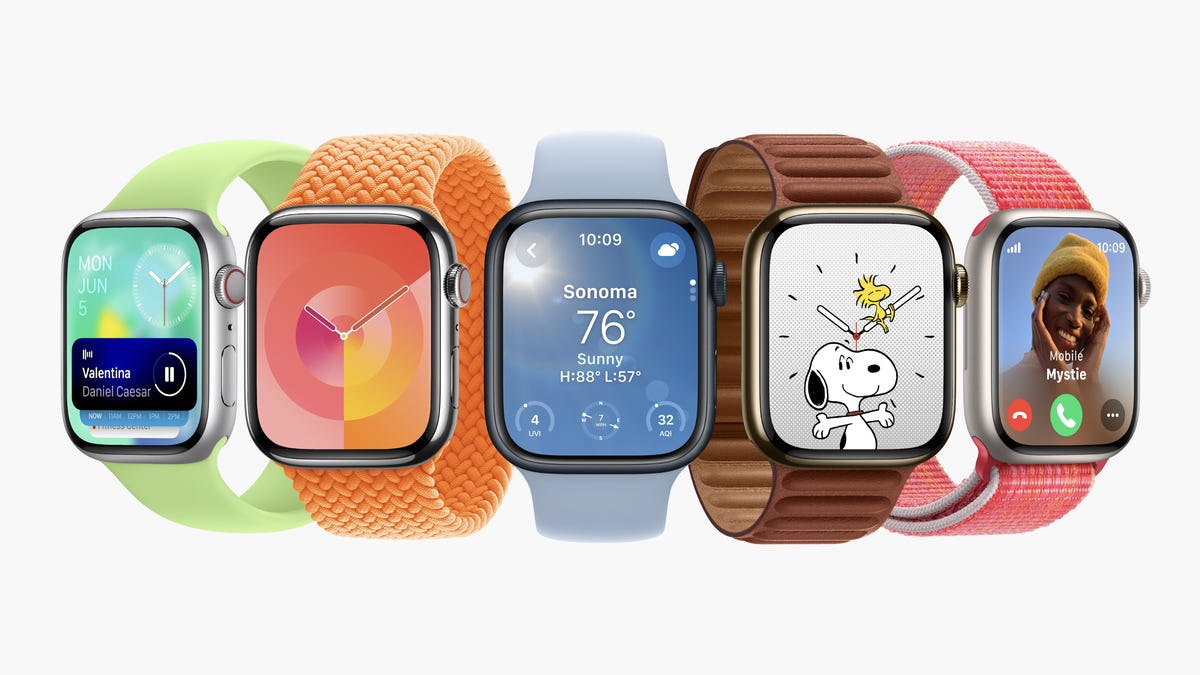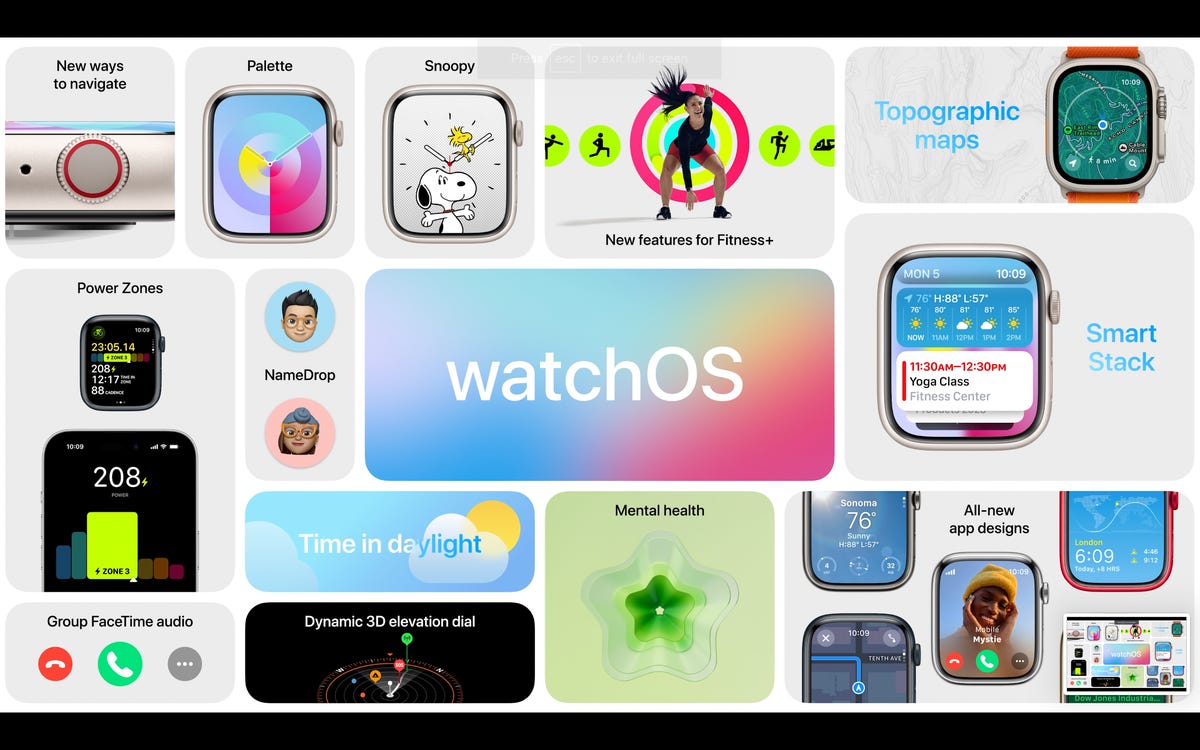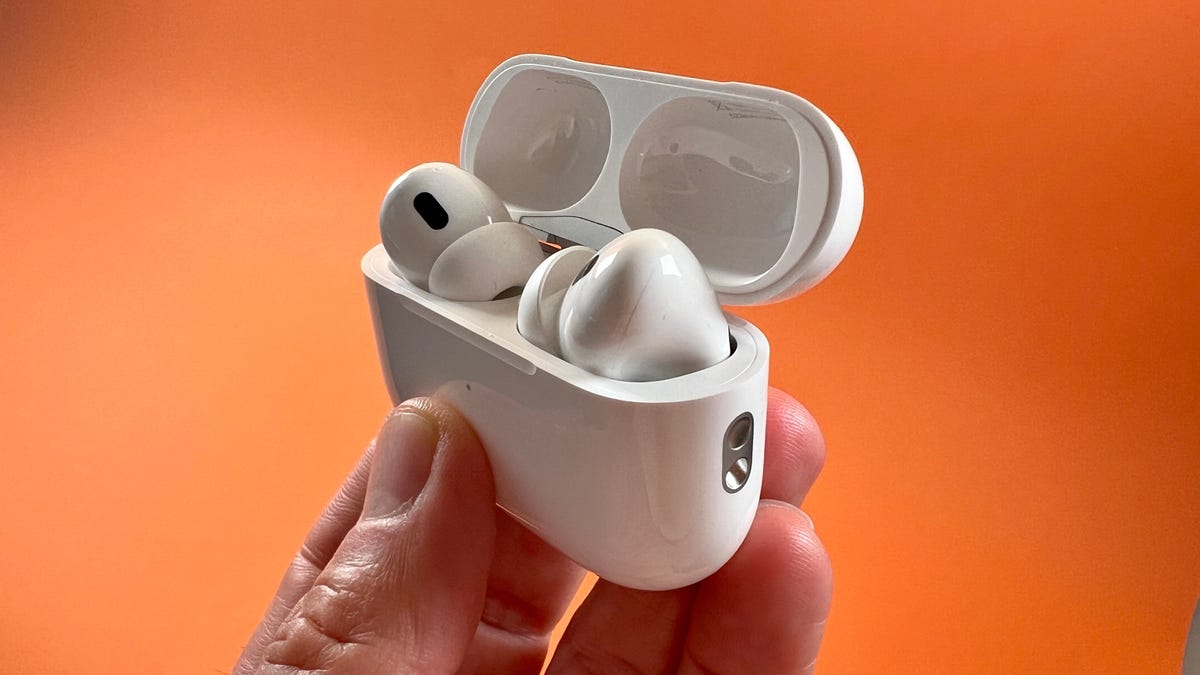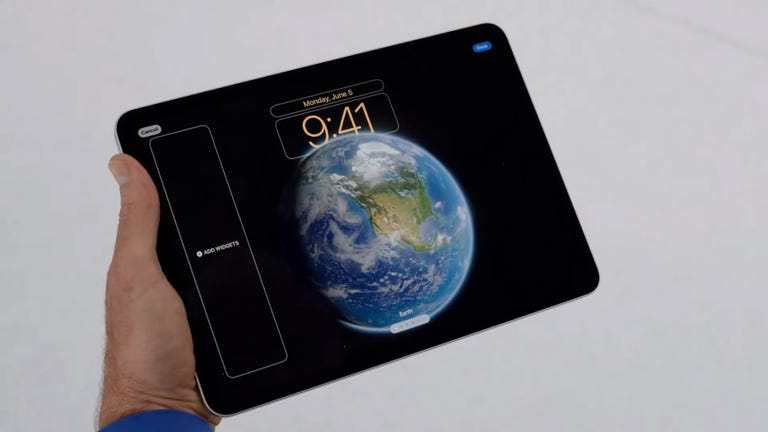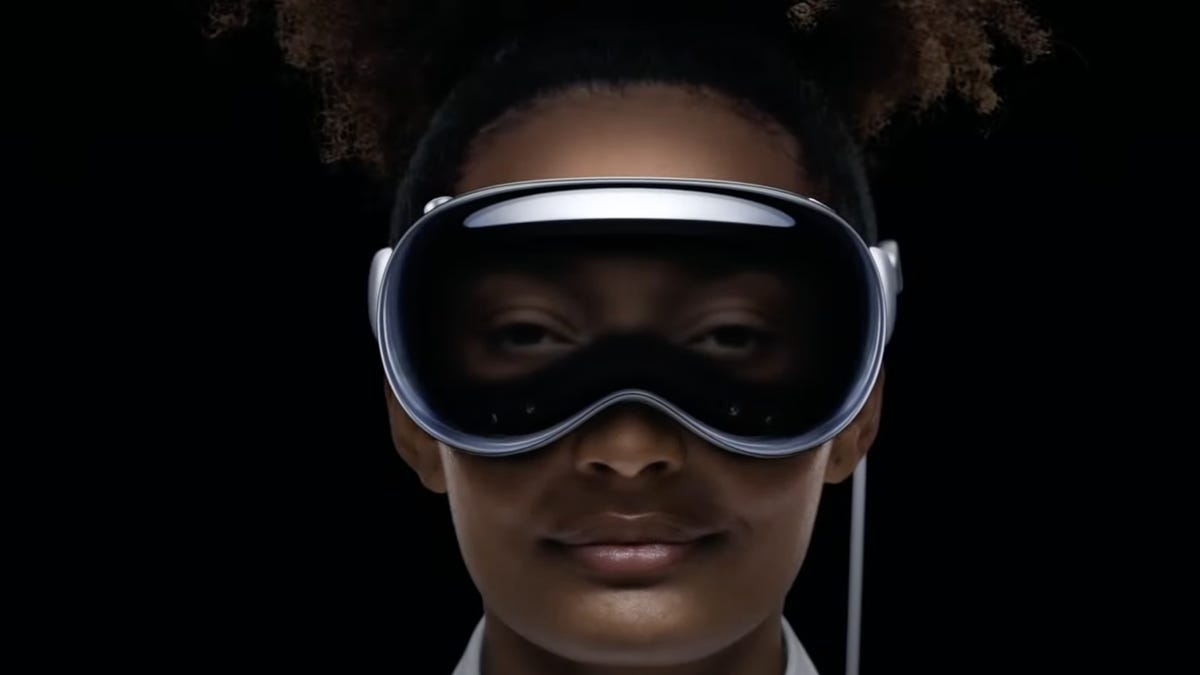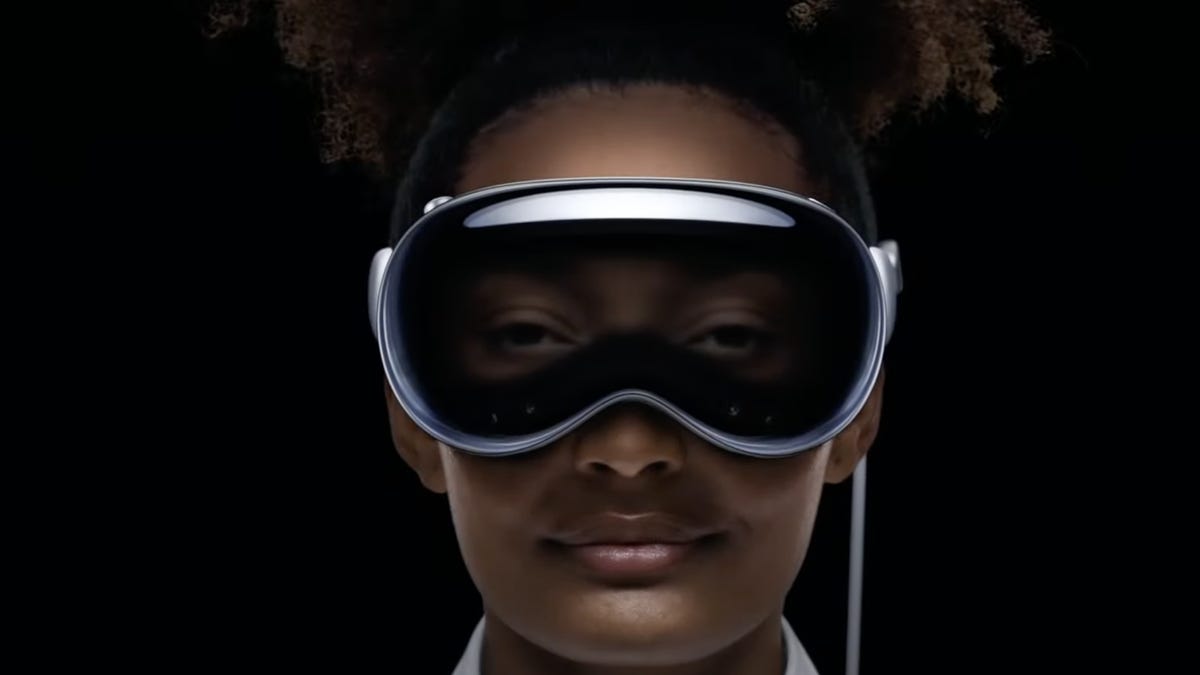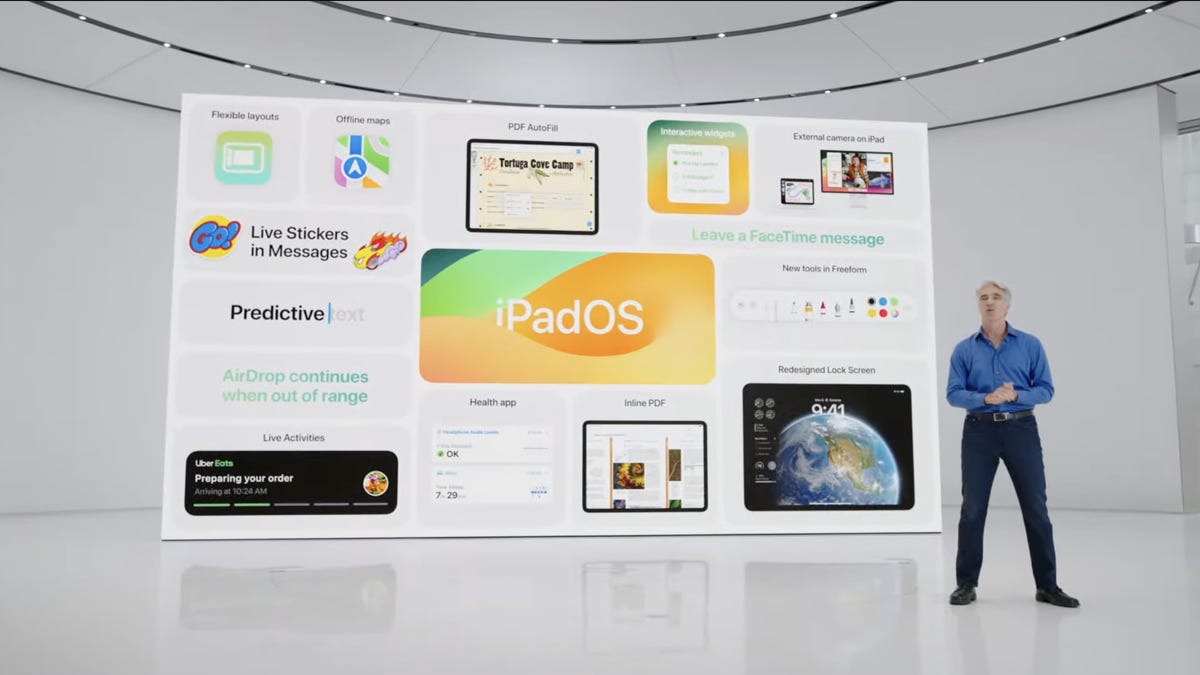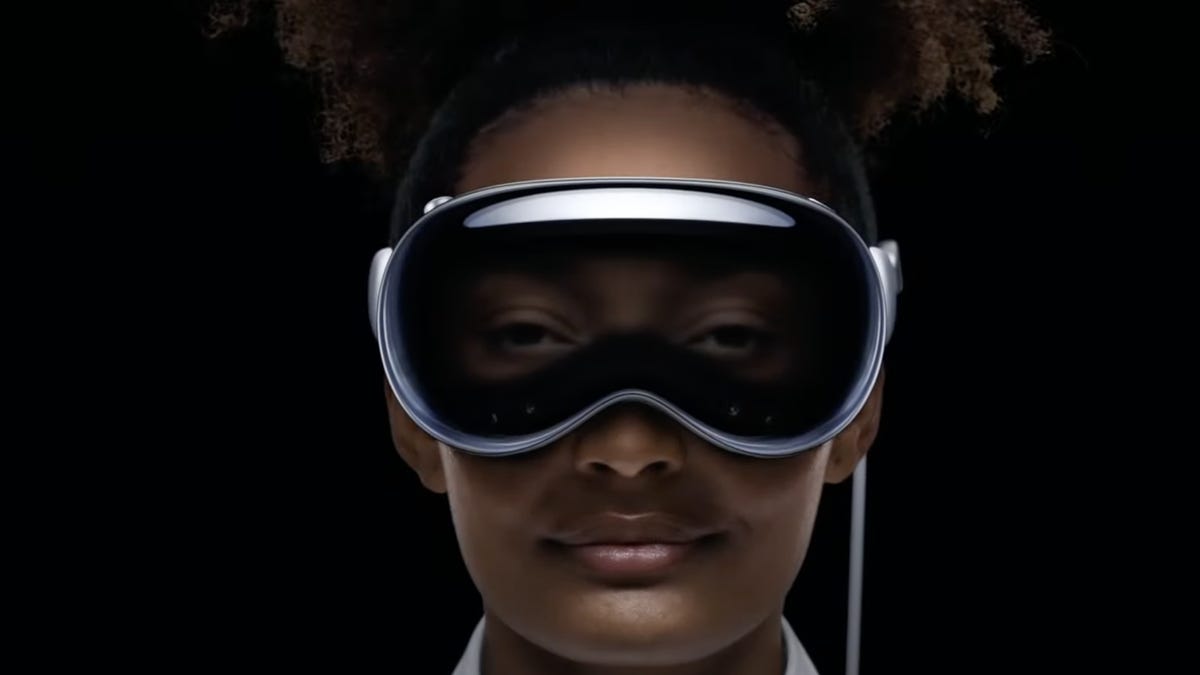Apple’s Messages is about to get an upgrade. With iOS 17, you’ll be able to turn pictures into stickers, transcribe voice memos, keep your friends and family notified on your way home and more.
News about the Messages update came Monday at Apple’s Worldwide Developers Conference, held at its Apple Park headquarters in Cupertino, California. Apple traditionally uses the annual event to unveil new devices, such as its mixed reality headset Apple Vision Pro, and give developers a preview of upcoming additions to its desktop and mobile software.
More from WWDC 2023
Live Stickers coming to iOS 17
The update to Messages will be part of iOS 17 and include new sticker experiences, where people can take their photos and turn them into stickers they use in text conversations, alongside standard emojis, which can also be used as stickers. People can customize their stickers with effects, like shiny, puffy, comic and outline, and keep them in a new drawer in the keyboard for streamlined access, Apple said in a press release. Stickers will be available systemwide, including in third-party apps. Apple said iOS 17 will be shipped later this fall. Here’s which iPhones will be able to run the update.
To make a photo into a sticker, touch and hold an object in a photo. Then you can style your object with various effects, outline it or create animated Live Stickers with Live Photos. To use the sticker in Messages, add them in the bubble from the Tapback menu.
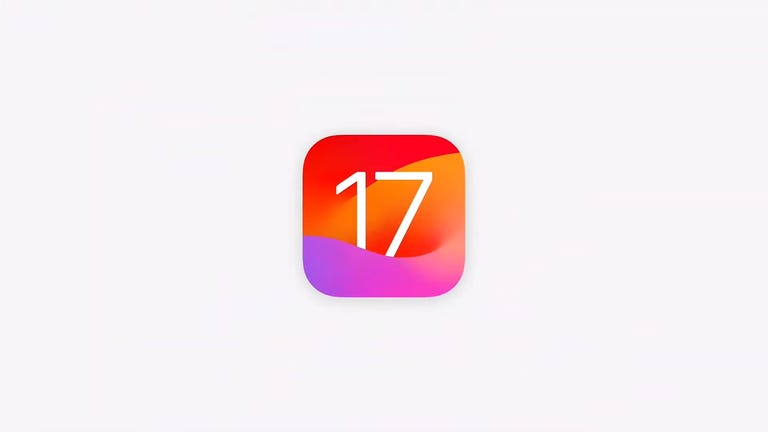
16:43
Search in Messages, Check In and more
Apple also debuted a refined search feature for what it called a more “powerful and precise” Messages search experience. People can apply additional filters to their Messages search to more quickly find the exact conversation they were looking for. Plus, when you’ve received lots of texts in a group chat, you can now use the catch-up arrow to locate where the conversation left off last.
iOS 17 Messages will also transcribe voice memos you receive, if you don’t have the time to listen to them. Apple additionally announced a new location sharing feature that lets you keep track of your friends by viewing their location in your text conversation.
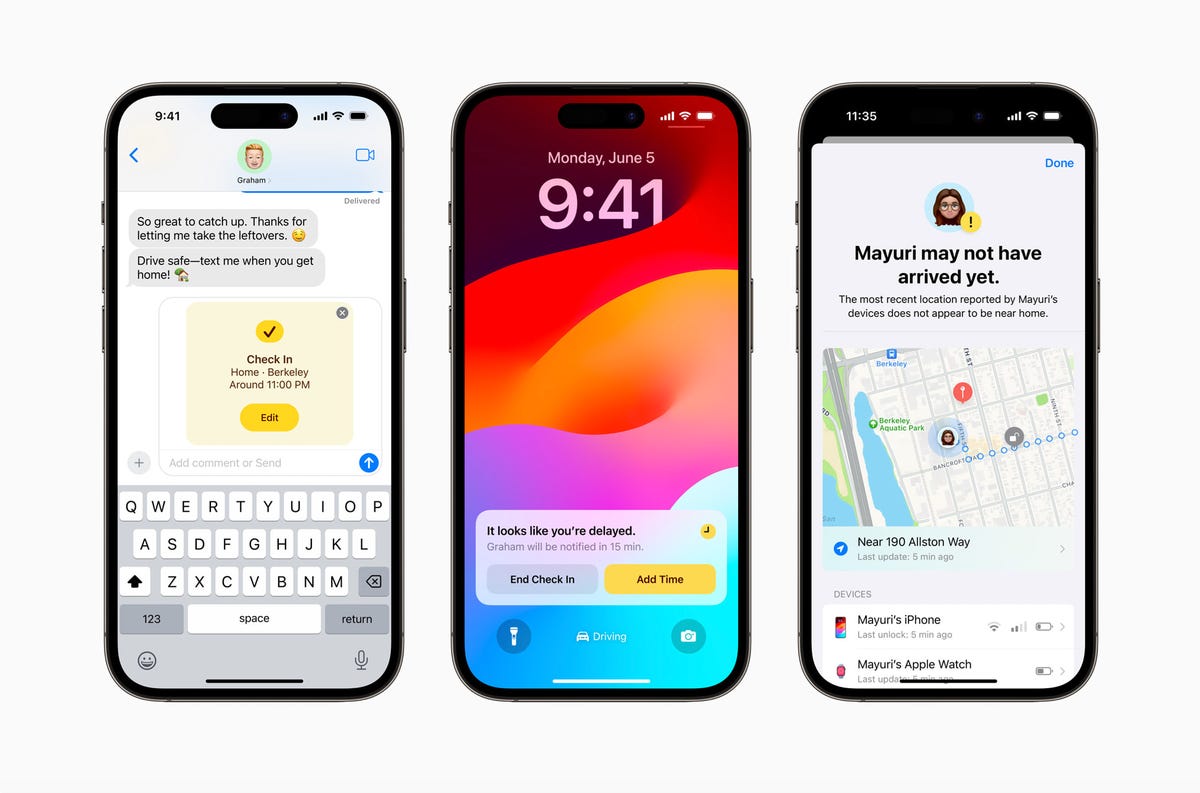
Apple’s Check In feature through iOS 17.
Another location sharing feature Apple debuted is Check In. If you want to keep a friend or family member updated on your journey home, for example, you can use Check In, which notifies the person of your whereabouts and lets them know if you’re having trouble getting home. “If they are not making progress toward their destination, useful information will be temporarily shared with the selected contact, such as the device’s location, battery level, and cell service status,” Apple said in the press release. Check In will be end-to-end encrypted, so only you and the person you’re sharing this information with is privy to your location.
Developers can try out iOS 17 today, and everyone can try out the public beta in a month.
Apple kicked off WWDC with an announcement on its thin 15-inch MacBook Air and offered details on its latest desktop software, MacOS 14 Sonoma.
For more, Apple reveals its brainiest Mac chip yet and upgrades its Mac Pro to M2 Ultra Silicon. With the iOS 17 update, you can finally type what you ducking mean.
